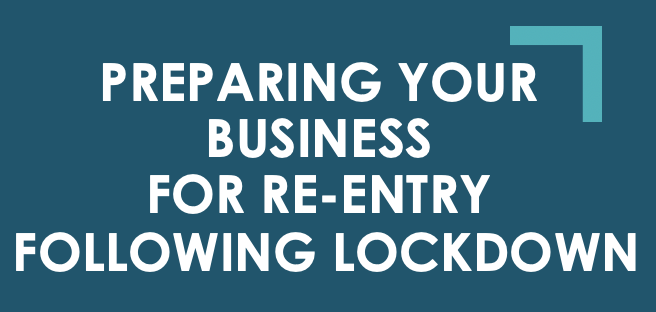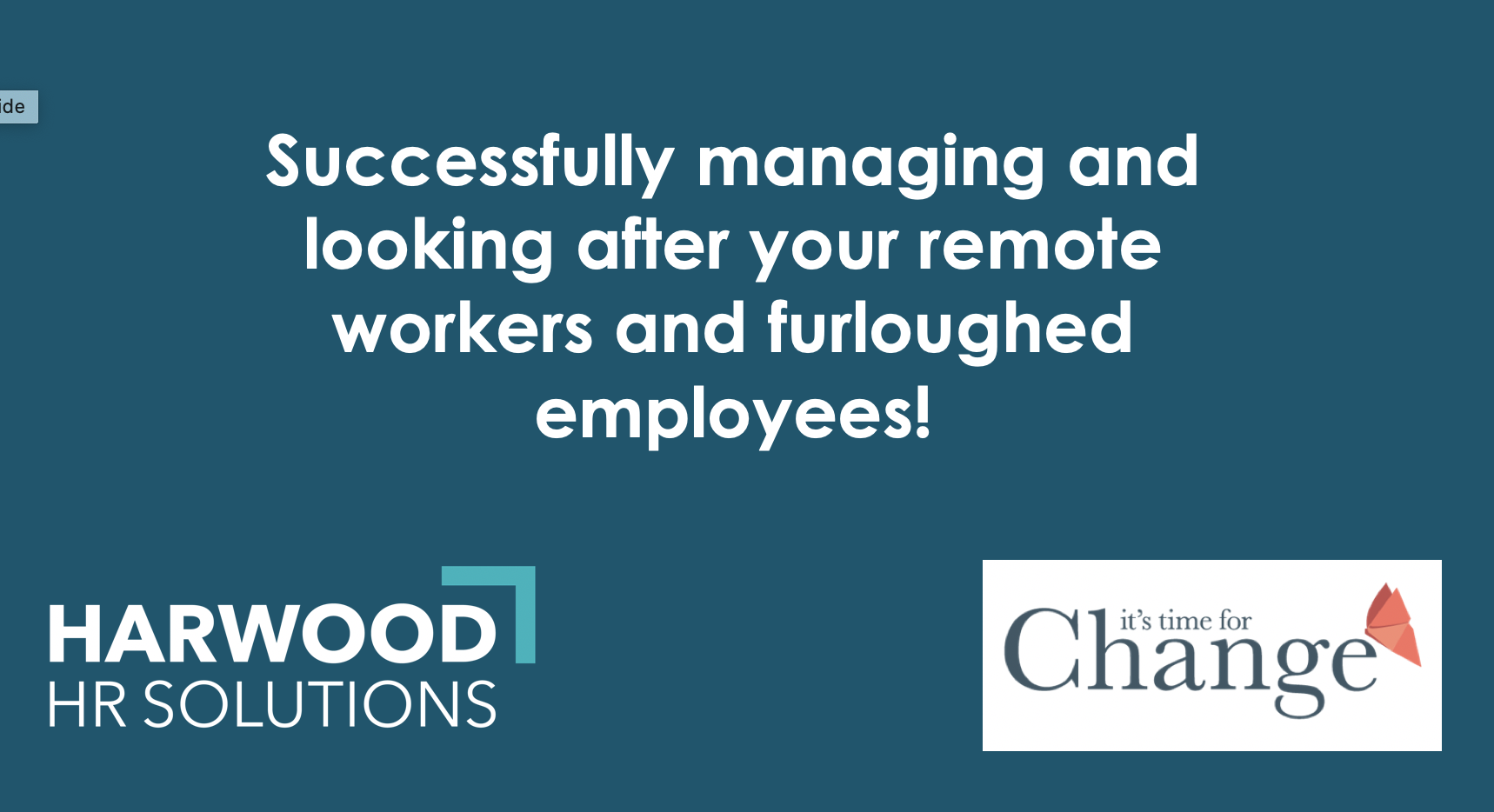Transport plans
How employees get to and from the workplace will be a challenge for many employers bringing people back to the workplace. Some employees may not feel comfortable using public transport. If this is the case, is there the option for them to drive or cycle to work? Can they work from home until they feel safe to use public transport again? With more people potentially driving to the office, will this cause an issue with parking? You may need to consider a rota system for parking. A survey to staff prior to their return to understand transport plans and identify potential issues could help you to plan.
Health and safety
Getting this right is a huge step in the right direction to ensuring that employees feel comfortable to return.
For many organisations, putting new Health & Safety measures in place will be a big challenge, but it is essential for retuning employees to the workplace. Risk assessments, cleaning rotas, social distancing measures, appropriate signage are just a few of the things that organisations must put in place.
Having the space to implement the required social distancing protocols will be a problem for many and so one way to overcome this may be by splitting each department and then rotating them working from home; for example, two weeks at home and two weeks in the office.
Many employees will be nervous about retuning and so it is important to reassure them about enhanced hygiene practices and the new COVID safe workplace, including sharing the risk assessments that have been carried out.
Having worked hard to ensure that as many measures are in place as possible, it is essential that organisations then train their employees on these new procedures, policies and protocols and then ensure that they adhere to them! Employees need to know that the new measures “are here to stay”.
Preparing employees for the return to work
Reintegrating furloughed workers and those who have been working from home back into the workplace will need planning. It is important to get this right. Employees need to know what is happening and when; this will help them to feel more “at ease” with returning.
Some of the steps employers can consider taking to aid a smoother transition back to the workplace are:
- Regular communication – keep staff updated with plans and timelines
- Asking staff to complete a survey relating to how they feel about returning to the workplace and what would make them feel safe as well as any concerns they may have so that you can use this information to help with our workforce planning and re-boarding
- Hold a ‘Return to the Workplace’ meeting with each employee to discuss how employees will travel to work, any caring commitments employees may have, any health issues, new Health & Safety procedures, the employee’s mental health, any support/training required etc..
Some staff who are furloughed or working from home may be reluctant to return to normal working practices and so by communicating all the measures taken to ensure employee safety and how you will address issues like use of public transport, childcare etc will help to overcome this.
Settling back into work
For many employees, the workplace won’t look or feel the same as the one they left several months ago.
It is important to focus on employees and address concerns early on. Where some employees have been made redundant for example, those remaining may feel very nervous as to their own future with the organisation. It is vital to provide assurance and re-engage with these individuals early on.
We anticipate that one major change will be more homeworking than there was before the pandemic. For many businesses they are now welcoming this and offering employees different ways of working and providing flexibility. For others this isn’t an option long-term and so finding the right working pattern for the business and employee alike will be a challenge – “How will you manage future flexible working measures, now most people have proved their role can be done from home, while still maintaining a sense of team/culture and encouraging innovation?”
Employee mental health
Looking after employees’ mental health and wellbeing has been a challenge since the coronavirus outbreak started, and this is likely to be an ongoing one, particularly around managing employees’ anxieties about going back to the workplace.
Throughout the pandemic organisations have put in place many initiatives to help employees look after their mental health and it is important to continue that focus as employees return.
Annual leave
An amendment to the Working Time Regulations 1998 means that workers can carry over up to four weeks’ annual leave into the next two holiday years, where it has not been reasonably practicable for them to take it as a result of the effects of coronavirus.
While this is good news for employees who may have lost this leave previously, it is potentially challenging for employers to manage. Employees will be reluctant to use holiday when they are unable to go anywhere, but it is important to ensure that employees take a break; particularly those who have been working/working from home.
In addition, this could cause employers problems later down the line with managing the accrued time off. Organisations could consider enforcing some leave be taken, although this should be done providing correct notice and communicated to employees appropriately.
Managing individual cases
Inevitably, there will be a handful of individuals whose circumstances have to be looked at on a case-by-case basis. Employees who are shielding, or have caring responsibilities may need to continue to work from home for example. Others may be “self-diagnosing the need to shield in order to avoid the workplace” or “do not feel safe to return to work but are not medically vulnerable or living with someone who is vulnerable” – it is important that employers take time to understand the individual circumstance and manage accordingly.
The “new normal” – what does that even look like!?
I think it’s safe to say that the workplace won’t go back to how it was before and for many, adjusting to the new way of working may take some getting used to. Some employees will be anxious about this; others may slip into the new way of working with no problems, but it is important to talk to employees to understand how they are feeling and address any concerns. Many have concerns about the loss of culture and interaction in the workplace and employers will need to work hard to ensure that this is considered when making plans to return. If you have more people working from home on a regular basis, how will you ensure that they stay focused and engaged? How will you bring people back to the office in a way that will mean they are comfortable and happy to be back?
Lots to consider and it’s a long road ahead, but together we will make it happen – you’ve got this!







